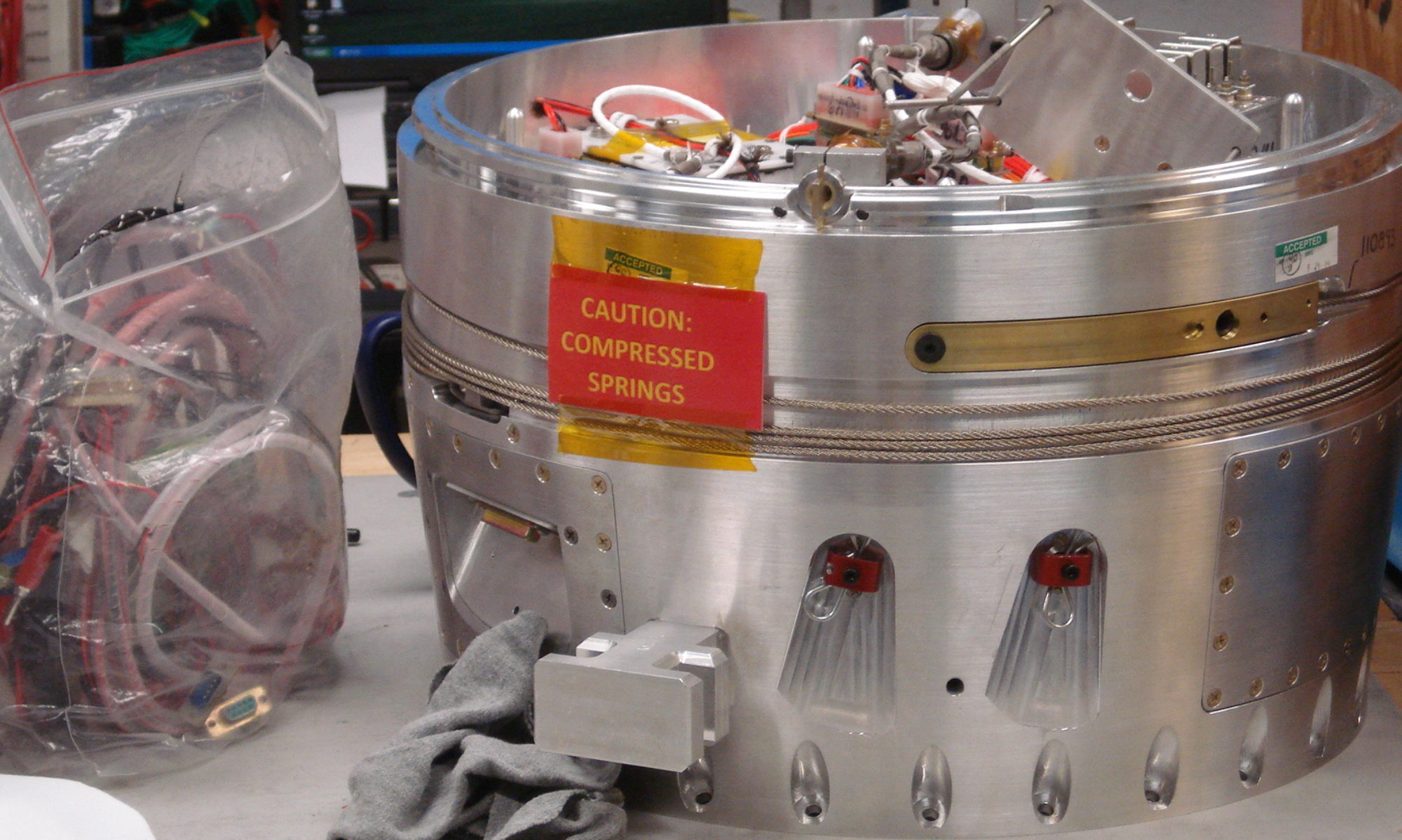When I was studying for my M.A. in Philosophy, I had to take the requisite Metaphysics courses. I should warn the reader now that the word Metaphysics as I use it has a very long and storied tradition to signify talking about a certain group of topics within the discipline of Western philosophy. It is not to be confused with people who use the term to refer to something other than this. As it happens, there is a metaphysical bookstore down the street from me, and I often get a chuckle when I drive by- in the sense this store means “metaphysical” is a sense by which I envision a recent divorcee who, having been rejected from their former partner, decides to withdraw from reality and entomb themselves with crystal dragons, incense and dates with people who don’t bathe frequently. There may also be a lot of yoga. In any case, I think of these places as the refuge for people who have become disenfranchised with reality (because of rejection, loss or some other reason) and instead prefer to have a land of make believe which conforms to their current desires and wishes, whatever they may be. Oddly, they are on the right track in using the word- to describe something fundamental about reality- but they attribute many things as being fundamental which are not.
When I think about Metaphysics (what Aristotle would have called “Ta meta ta phusika” or “after the physical world”- things to be studied once all the physical objects of the world had been accounted for and sorted; what’s left are these sorts of unchanging items which need to accounted for, such as how to account for the process we know as “change”) the topics that come to mind are such things as mereology, qualities, abstracta, concreta, causation, free will, realism and, of course, time. Time is a funny creature, as these things go, and some people have even argued that time is unreal- that time itself does not exist and that how we view change is actually an illusion.
So it was with great interest that I saw a posting over on the Time-Nuts mailing list, pointing to the NIST monograph on time, From Sundials to Atomic Clocks: Understanding Time and Frequency. It’s a very interesting piece which puts together what time is, how it is measured, its properties and so on. The download is free- why not check it out? It is written for the layperson- you don’t need to have any underpinnings as either a scientist or philosopher to read and enjoy this book.
I recommend it for anyone who has more than a passing interest in time- and the lengths we go to get it right.
